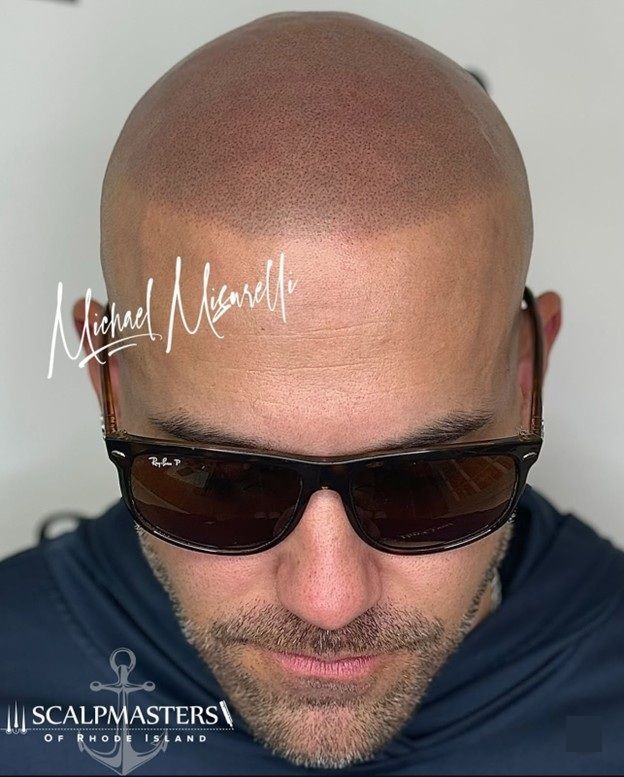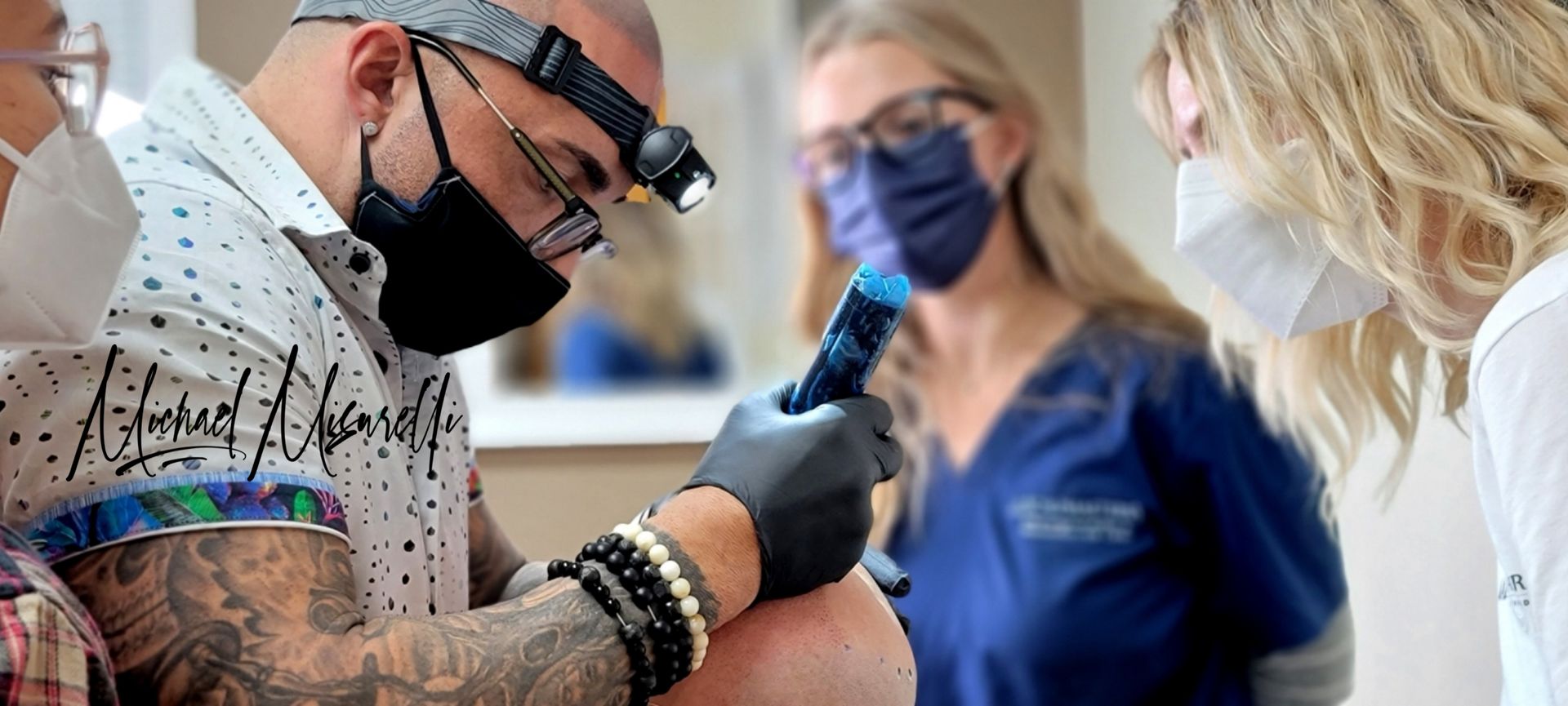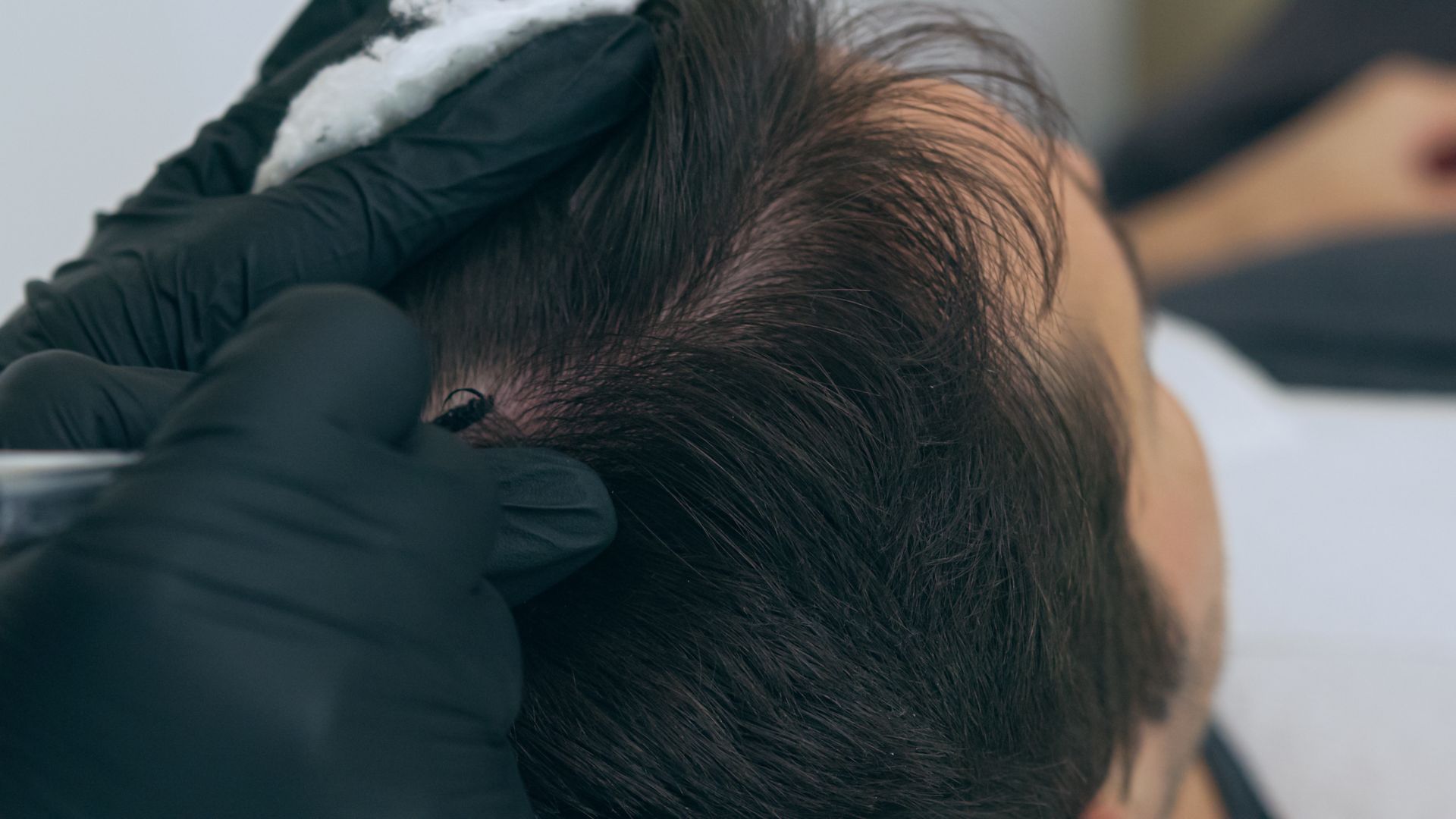Comparing Male and Female Hairlines: Understanding Masculine and Feminine Differences
The difference between male and female hairlines has long been a topic of interest, especially for those in the hair restoration field. These distinctions aren't just for cosmetic appeal; they help professionals diagnose conditions like traction alopecia or male pattern baldness. By understanding the characteristics of male and female hairlines, one can better grasp the broader landscape of hair loss and hairline types. In addition, it can guide individuals in making informed decisions regarding hair transplants and other restoration techniques.
What do you need to know about the main differences between the airlines of males and females? Take a look at some of the top points below. Then, do not hesitate to reach out to an expert who can help you good care of your hair.
The Distinctive Traits of a Male Hairline
There are several main defining features of a male hairline. For example, male hairlines tend to start with a dominant widow's peak, which leads to an M-shaped middle hairline. Although not exclusive to men, this feature is more pronounced in the male population and can be attributed to genetics. As men age, many experience a receded hairline, primarily due to androgenetic alopecia or male pattern baldness. Hair follicles shrink, leading to thin hair and, eventually, hair loss, changing the shape of the hairline. If you are a man experiencing hair loss, this could be the making contributing factor to your issues.
Of course, hair loss and hair fall are multifaceted. Tight hairstyles, stress, and the side effects of certain medications can accelerate hair fall in men. The prominence of these factors in determining the male hairline is undeniable. Many men, in their bid to prevent or reverse hair loss, opt for hair transplants. These surgical procedures can restore the original hairline, especially when hair follicles from other parts of the scalp are still healthy. Of course, there are other treatment options available that could be more cost-effective, depending on the cause of the hair loss.
Another common feature of the male hairline is its straightness. Unlike the female hairline, which might have more curves or rounded edges, the male hairline can appear more linear. This straight hairline is often more noticeable during the earlier stages of male pattern baldness when the hairline starts receding primarily from the temples.
What Defines the Feminine Hairline: Key Features
The female hairline is typically more rounded and sits lower on the forehead compared to the male counterpart. It creates a soft appearance, crucial in framing the face. Women may also have a widow's peak, but it's usually less pronounced than in men. The hairline in women offers a smoother transition, making the forehead appear shorter.
Hair loss in women, although less often discussed, is also multifactorial. One primary culprit behind a receding female hairline is traction alopecia, caused by tight hairstyles. When the hair is pulled back frequently, it puts stress on the hair follicles, leading to hair loss. Over time, this can impact the overall shape and health of the hairline. Women who want to protect their hair for decades to come should be careful not to pull their hair too tight.
Aside from traction alopecia, women can also experience thinning hair due to hormonal changes, especially during and after pregnancy. Androgenetic alopecia, though more common in men, affects women too. In such cases, the hair fall is more diffused across the scalp rather than focused on the hairline. The exact pattern of the hair loss can often give clues as to the main cause.
Masculine vs. Feminine: Analyzing Hairline Shapes
While the male hairline is often straighter and more recessed, the female hairline displays a rounder, more forward position on the forehead. These distinctions have implications beyond aesthetics, especially when considering hair restoration techniques. For those transitioning genders, understanding these differences becomes crucial for achieving a natural appearance post-surgery. That is where working with experts can be helpful.
The nuances between male and female hairlines are not just limited to their shapes but extend to hair density, positioning, and even angles of hair follicles. Properly analyzing these distinctions ensures the success of procedures like hair transplants. A one-size-fits-all approach doesn't work; customization based on gender and individual features is key.
The Evolution of Hairlines Through Different Life Stages
From birth, our hairlines undergo several transformations. The baby hairline is usually lower and rounder, which gradually recedes and shapes itself as we grow. The onset of puberty brings hormonal changes, impacting both male and female hairlines differently. While some men might start to experience a receded hairline as early as their late teens, most women retain their youthful hairline much longer.
Aging further influences these patterns. Factors like male pattern baldness or thinning hair due to hormonal imbalances become more pronounced. While men predominantly face hairline recession at the temples, women might experience a more generalized thinning across the scalp.
Factors Influencing the Patterns of Male and Female Hair Lines
Both genetic and environmental factors play a role in determining our hairline's fate. Genetics, for one, significantly influence the onset of conditions like androgenetic alopecia. Environmental factors, such as stress, diet, and even the side effects of medications, can accelerate hair loss. In addition, habitual pulling or styling hair tightly can lead to conditions like traction alopecia, especially prevalent in women.
It's crucial to understand these influencers to take proactive measures. Early detection and intervention can prevent severe hair loss. Whether it's considering hair restoration options, avoiding tight hairstyles, or seeking treatments for conditions like male pattern baldness, knowledge is power.
Protect and Preserve Your Hairline with Scalpmasters of Rhode Island
When it comes to your hairline, don't leave things to chance. Scalpmasters of Rhode Island offers state-of-the-art solutions to address both male and female hairline concerns. Whether you're considering hair transplants or seeking advice on preventing hair loss, our team of experts is here to guide you.
Your hairline is a defining feature of your appearance. Invest in its care and preservation. With the right knowledge and support, you can ensure it remains vibrant and healthy for years to come.
Contact us today to schedule an appointment.
Learn More
What's New
Latest Hair Loss Solutions & Guides




